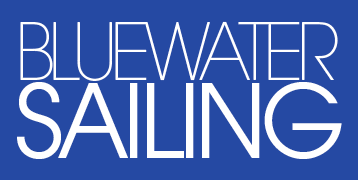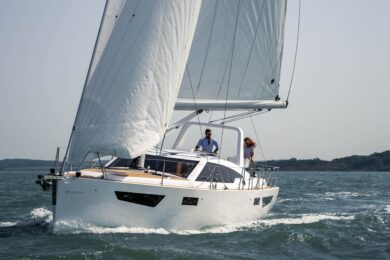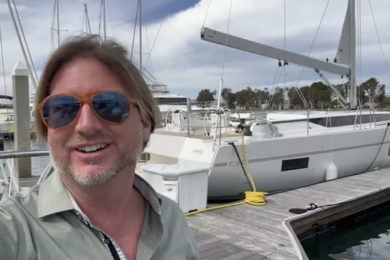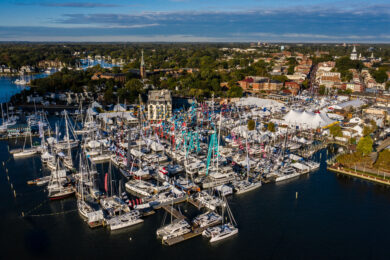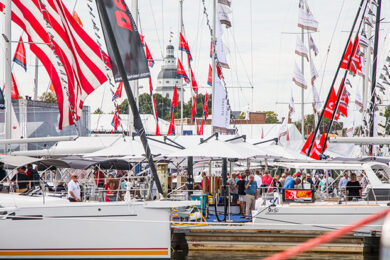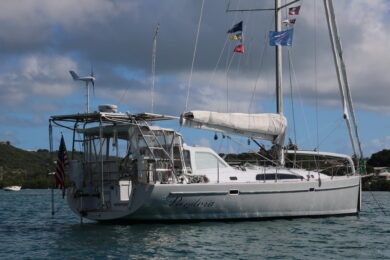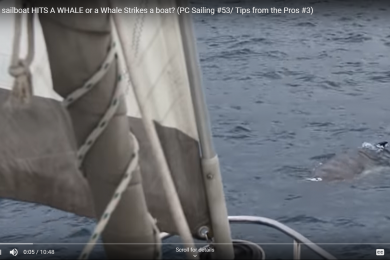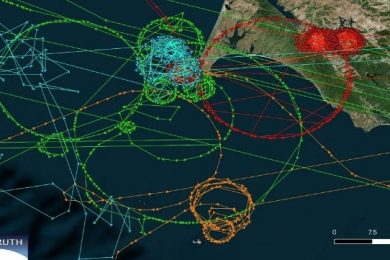-
Weather Forecast
-
Follow Us
-
Search
- Cruising News
- Up Front
- Boat ReviewsMarch 17, 20244
British Builder Southerly Yachts Saved by New Owners
March 10, 20244Introducing the New Twin-Keel, Deck Saloon Sirius 40DS
March 6, 20244New 2024 Bavaria C50 Tour with Yacht Broker Ian Van Tuyl
- Boat Show PreviewOctober 3, 20234
Annapolis Sailboat Show 2023: 19 New Multihulls Previewed
September 6, 202342023 Newport International Boat Show Starts Today
October 20, 20224Notes From the Annapolis Sailboat Show 2022
- SeamanshipFebruary 24, 20234
Energy Afloat: Lithium, Solar and Wind Are the Perfect Combination
July 20, 20224Anatomy of a Tragedy at Sea
December 17, 20194What if a Sailboat Hits a Whale?!?
- CharteringJanuary 13, 20224
Update on the Bitter End Yacht Club, Virgin Gorda, BVI
December 17, 20194Charter in Puerto Rico. Enjoy Amazing Food, Music and Culture
November 6, 20194With Charter Season Ahead, What’s Up in the BVI?
- ElectronicsFebruary 24, 20234
Energy Afloat: Lithium, Solar and Wind Are the Perfect Combination
June 4, 20204AIS Mystery: Ships Displaced and Strangely Circling
December 17, 20194Holiday Sales. Garmin Marine Stuff up to 20% Off
